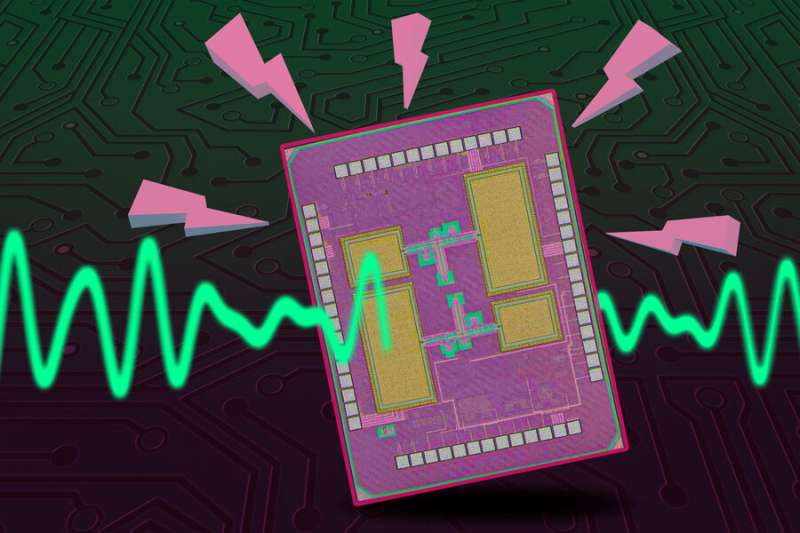- Researchers at the Massachusetts Institute of Technology (MIT) have developed a compact wake-up receiver that utilizes only a few microwatts of power.
- The device also features an authentication system that safeguards against battery-draining attacks.

As the size of Internet of Things (IoT) devices continues to decrease, sensors that are smaller than a fingertip are becoming increasingly prevalent. These tiny sensors have the potential to facilitate the tracking of nearly any object. Due to their size, these sensors have tiny batteries that are difficult to replace. Wake-up receivers are designed to address this problem. The common types of wake-up receivers are built on the centimeter scale as their antennas must maintain proportionality to the radio waves they use for communication.
Researchers at the Massachusetts Institute of Technology (MIT) have developed a smaller wake-up receiver using a few microwatts of power, including an authentication system that prevents battery-draining attacks. The team have designed a tiny chip, measuring just over 1 square millimeter, that uses terahertz waves, one-tenth the size of radio waves. The wake-up receiver communicates wirelessly with a distant signal source, proving its suitability for small sensors with a significant range. The Wake-up receivers have potential in microrobots detecting environmental changes in dangerous regions and in swarming field-deployable radio networks with terahertz wave tech for local data.
Scaling down the receiver
Terahertz waves, or “pencil beams,” are fast and secure but require much power due to frequency mixing modulation. Researchers created a zero-power-consumption detector with dual antennas and a wake-up receiver that used less than 3 microwatts and measured only 1.54 square millimeters. The chip converts terahertz signals to digital signals and activates the device with a matching token.
Ramping up security
Hackers can repeatedly activate a device using a token from wake-up receivers, and authentication can prevent this and extend battery life from one day to one month. Using lightweight cryptography, the researchers added an authentication block with a randomized token and tested the receiver’s sensitivity to terahertz signals up to 10 meters away. A terahertz beam-steerable array minimizes signal loss and enables communication to multiple chips.
The researchers aim to enhance device signal strength by addressing signal degradation caused by movement or tilt. They plan to optimize the technology for real-world devices and smaller sensors.
Reference : Provided by Massachusetts Institute of Technology








Seems the energy consumption of the sensors are reduced to save battery life but some energy is definitely spent in the arrays transmitting terahertz signals.